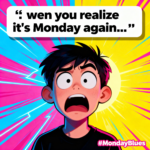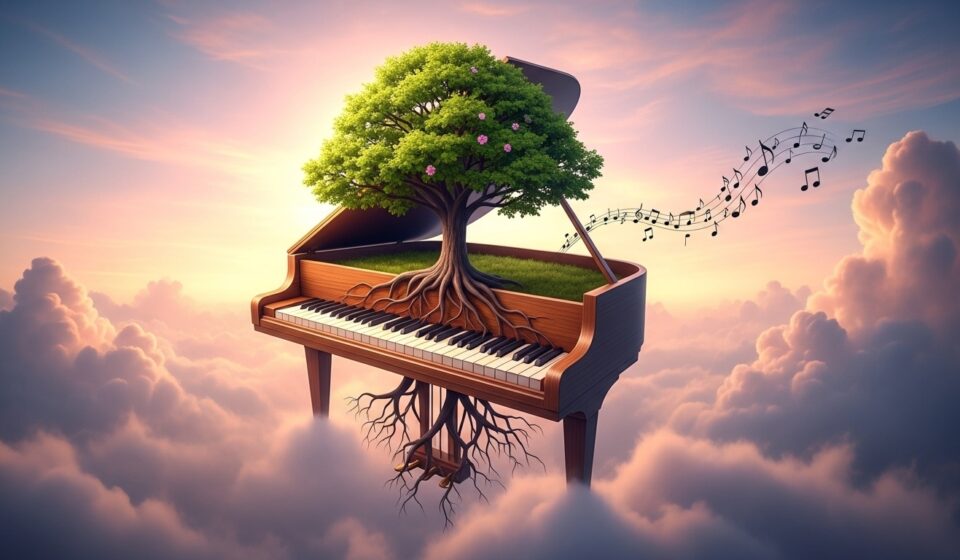
How to Use AI Image Prompts to Create Mind-Bending Unrealistic Visuals and Surreal Art
How to Use AI Image Prompts to Create Mind-Bending Unrealistic Visuals & Surreal Art
Welcome to the new frontier of creativity. For decades, art was limited by the physical world and an artist’s technical skill. Today, that frontier has vanished. We are living in an era where Artificial Intelligence (AI) has evolved from a simple tool into a powerful creative collaborator—a co-pilot for our wildest imaginations. If you can dream it, an AI can (probably) draw it.
Table Of Content
- What Are Unrealistic AI Image Prompts (And Why Do They Matter?)
- The Core Principles of Crafting Surreal AI Prompts
- 1. Juxtaposition: The Art of Strange Bedfellows
- 2. Physics-Defying Concepts: Bending Reality
- 3. Abstract Emotionalism: Painting Feelings
- A Toolkit of Prompt Modifiers for Unrealistic Art
- Modifiers in Action: See the Difference
- Architectural Absurdity: Building Impossible Worlds
- Fantastical Beings & Abstract Portraits
- 1. Ethereal Entities & Impossible Creatures
- 2. Fragmented & Conceptual Portraits
- Troubleshooting: When Your AI Gets *Too* Literal
- Conclusion: Your Imagination is the Only Limit
This article isn’t about creating photorealistic images; it’s about doing the exact opposite. It’s a comprehensive guide to unlocking surreal design, impossible concepts, and mind-bending unrealistic visuals that defy logic and spark wonder. We’ll dive deep into the world of AI image prompts specifically crafted to push models like DALL-E, Midjourney, and Stable Diffusion beyond the literal and into the fantastical. Get ready to bend the rules of reality.
What Are Unrealistic AI Image Prompts (And Why Do They Matter?)
An unrealistic or surreal AI image prompt is an instruction given to an AI art generator that deliberately commands it to create something that cannot exist in our reality. It’s about rejecting photorealism in favor of conceptual art, dream logic, and pure imagination. Instead of “a photo of a cat,” you’d prompt “a cat made of swirling nebulae, wearing a crown of liquid light.”
Why does this matter? Because it unlocks a new visual language. It allows artists, designers, and even marketers to create truly unique, scroll-stopping imagery. This is how you visualize a feeling, a complex data concept, or a brand’s futuristic ethos. It’s not just art; it’s communication on an entirely new level of AI creativity.
“Logic will get you from A to B. Imagination will take you everywhere.”
Albert Einstein
The Core Principles of Crafting Surreal AI Prompts
Creating truly unrealistic art requires a shift in thinking. You must learn to speak to the AI in a language of metaphor, juxtaposition, and delightful absurdity. Here are the foundational principles for your next masterpiece.
1. Juxtaposition: The Art of Strange Bedfellows
The heart of surrealism lies in combining two or more elements that have no logical connection. The friction between these concepts forces the AI to innovate, creating a powerful and often unsettling image. Think “mechanical” and “organic,” “ancient” and “futuristic,” or “aquatic” and “architectural.”
“Prompt: An antique grandfather clock, made entirely of translucent jellyfish and glowing coral, ticking in the middle of a barren desert at midnight, cinematic lighting.” 📋 Copy Prompt
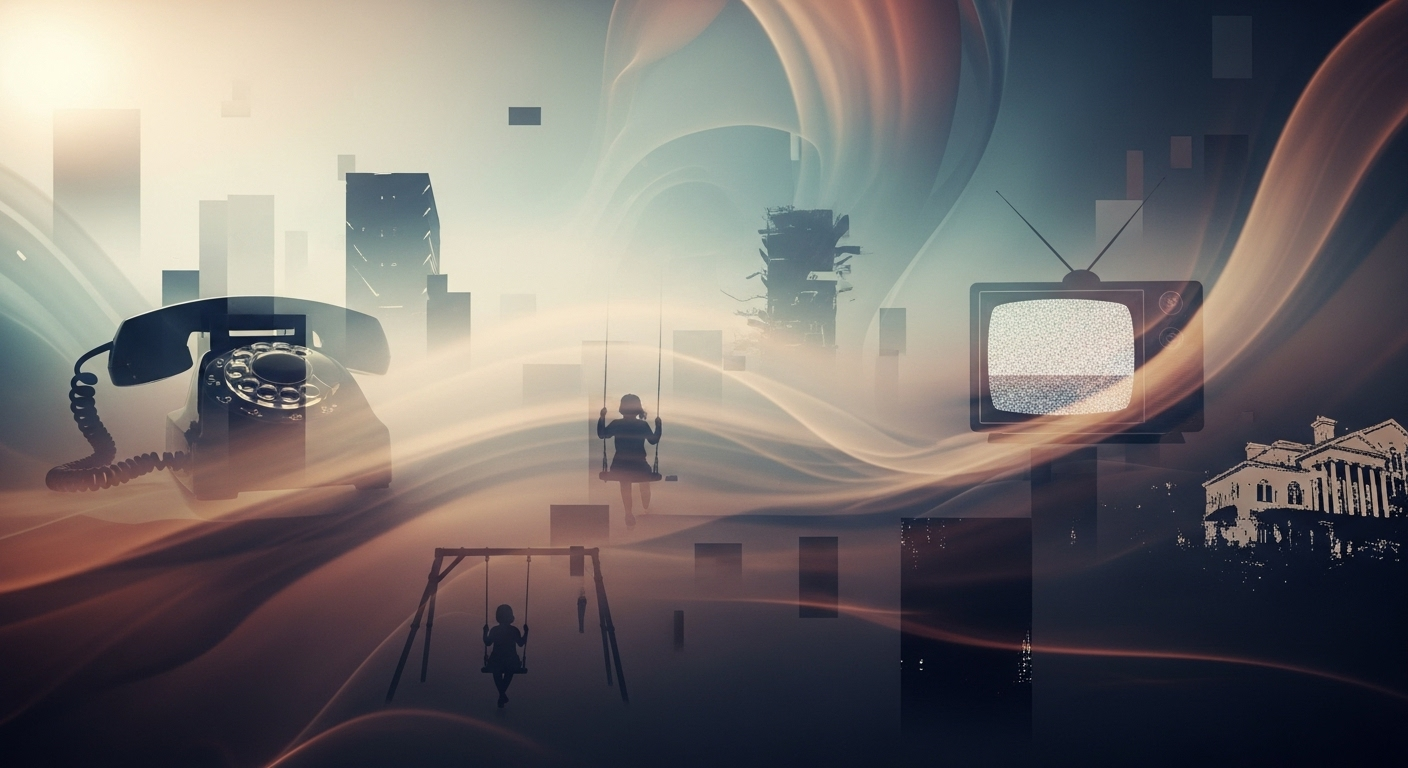
“Prompt: A grand piano merging with an ancient, moss-covered oak tree, its keys turning into roots that dig into a floor of clouds, ethereal, fantasy art.”

2. Physics-Defying Concepts: Bending Reality
Forget gravity, solid matter, and the normal flow of time. Instruct the AI to break the laws of physics. This is where you get floating islands, liquid mountains, or cities that fold in on themselves. Using verbs like “floating,” “melting,” “shattering,” “glowing,” and “growing” is key to achieving this surreal design.
“Prompt: A sprawling futuristic cityscape where the buildings are melting upwards into the sky like colorful wax, reflecting a neon sunset, digital art, hyper-detailed, impossible architecture.”
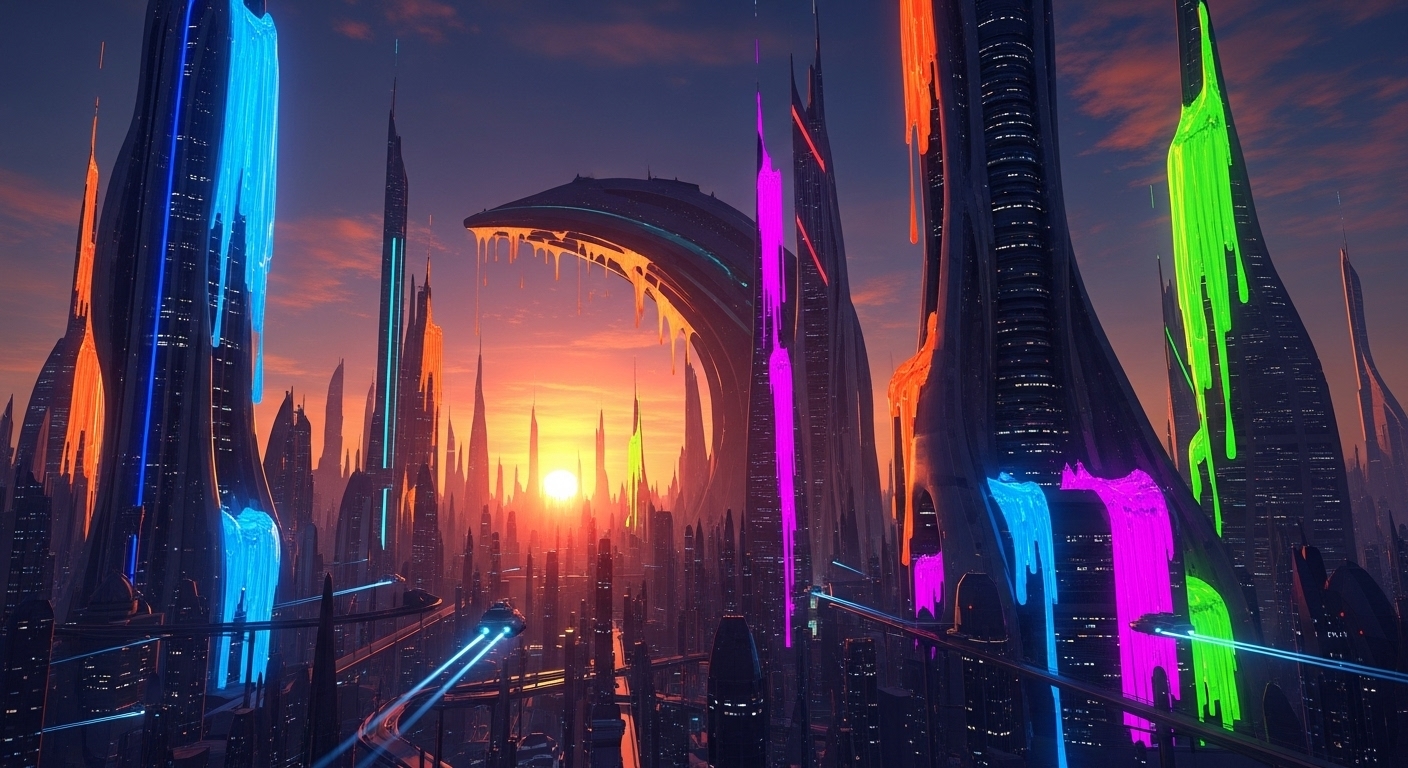
“Prompt: A vast ocean made of shattered mirrors and liquid obsidian, with whales made of pure starlight swimming beneath the surface, low-angle shot, 8K, surreal design.”

“Prompt: A fleet of 18th-century pirate ships sailing through a purple cosmic nebula, their sails made of captured galaxies, dramatic lighting, space opera.”

3. Abstract Emotionalism: Painting Feelings
How do you “draw” a feeling? By translating it into texture, color, and form. Use prompts that describe an emotion as a physical landscape or object. This is a powerful technique for creating evocative, abstract AI design that connects with viewers on a deeper level.
“Prompt: The physical manifestation of ‘nostalgia,’ visualized as a soft, glowing city fog filled with ghostly, half-formed memories and bicycles, pastel color palette, dreamlike.”
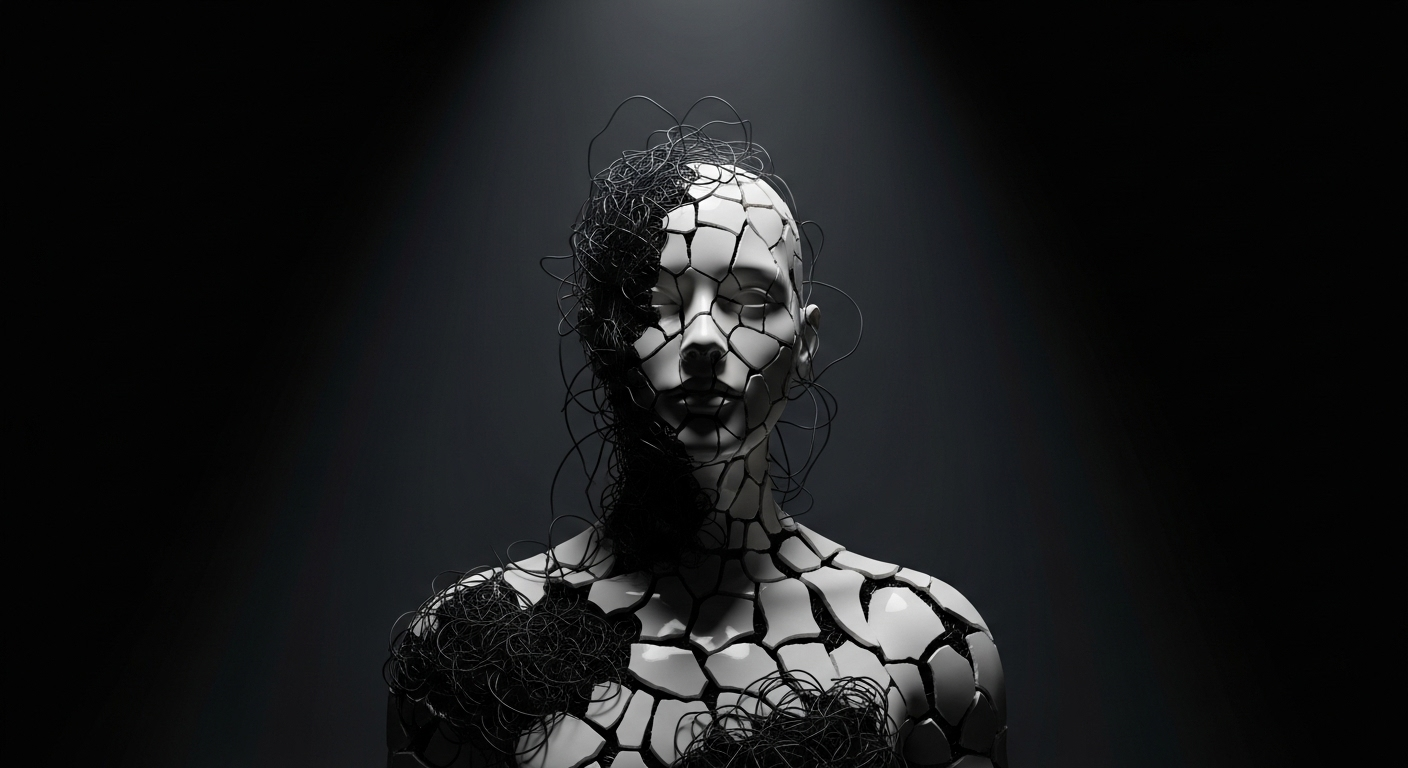
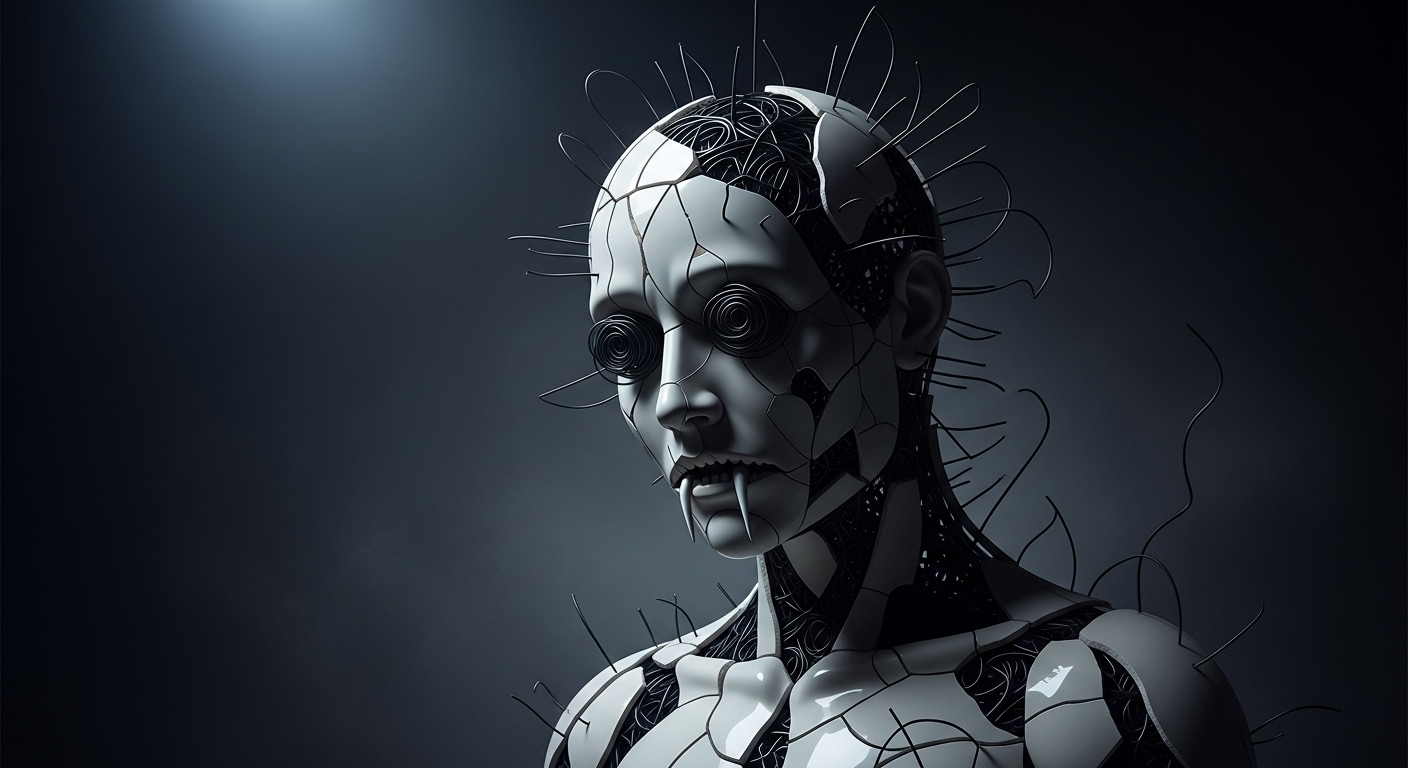
“Prompt: A portrait of ‘anxiety,’ rendered as a figure made of fractured porcelain and tangled black wires, illuminated by a single harsh spotlight, dark, oppressive background.”
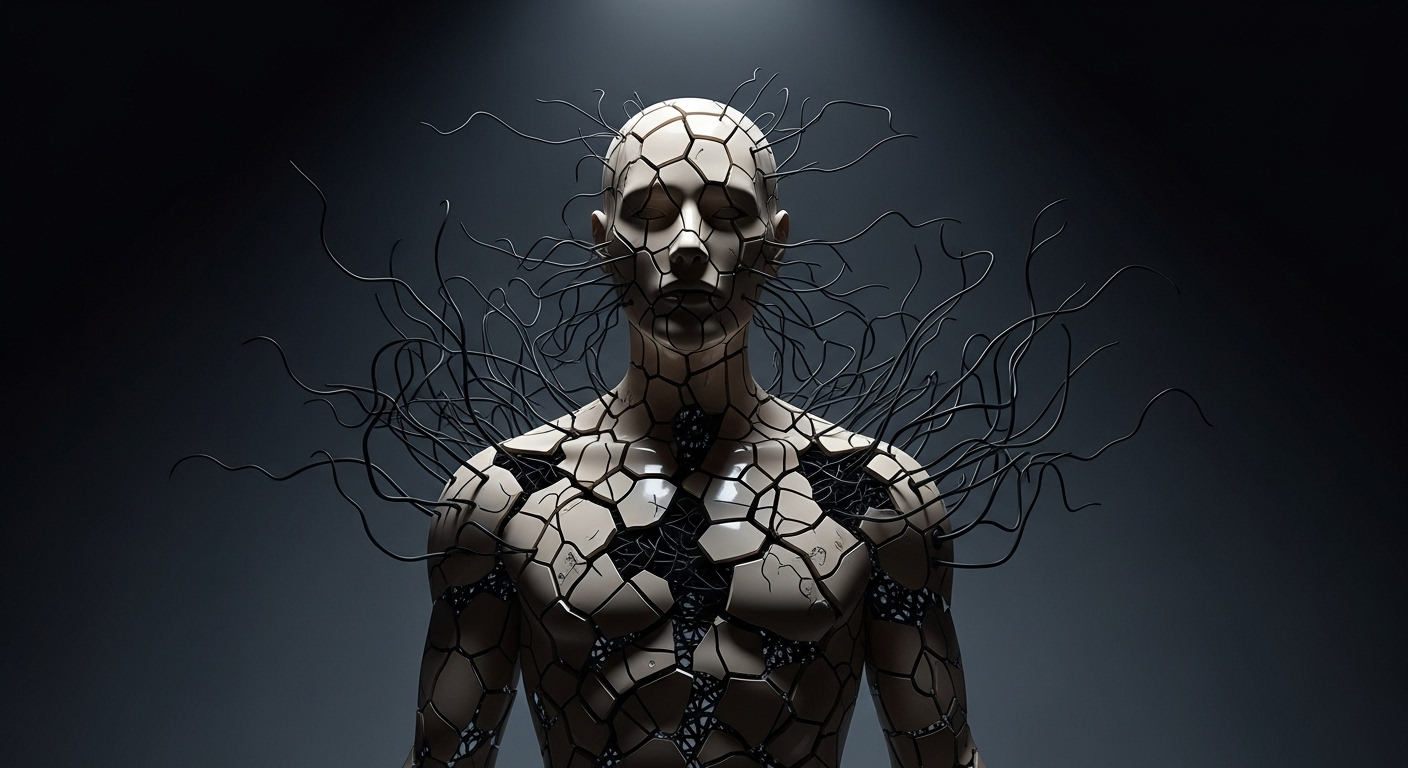
A Toolkit of Prompt Modifiers for Unrealistic Art
The secret weapon of advanced prompt engineering is the “modifier.” These are keywords you add to your prompt that dictate the style, texture, and atmosphere. For unrealistic art, you want to use modifiers that suggest the strange and otherworldly. For more tips on basics, see this beginner’s guide to prompting.
Here are some of the most powerful modifiers for surreal AI art:
- Ethereal / Dreamlike: Adds a soft, hazy, and otherworldly quality.
- Psychedelic / Kaleidoscopic: Introduces swirling patterns and hyper-vibrant, unnatural colors.
- Crystalline / Prismatic: Makes objects appear to be made of crystal or refract light like a prism.
- Bio-luminescent / Glowing: Makes elements glow from within, like deep-sea creatures or magic.
- Fractal / Recursive: Creates infinitely repeating patterns within the image.
- Quantum / Nebulous: Suggests a subject is made of cosmic dust or energy, constantly in flux.
- Impossible Geometry / Escher-esque: References impossible shapes and perspectives.
Modifiers in Action: See the Difference
Let’s take a simple concept and see how modifiers transform it into surreal AI art. Our base prompt is “A portrait of a wolf.”
“Prompt: A portrait of a wolf, made entirely of crystalline ice, bio-luminescent blue energy pulsing from within its chest, on a fractal snowflake background.”
[Image 8 Placeholder – Concept: Crystalline, glowing fractal wolf, unrealistic animal]
“Prompt: A psychedelic painting of a wolf, its fur melting into kaleidoscopic patterns, set against a nebulous cosmic void, 1970s art style.”
[Image 9 Placeholder – Concept: Psychedelic, melting wolf in space, abstract AI]
Architectural Absurdity: Building Impossible Worlds
One of the most satisfying ways to generate unrealistic visuals is to apply surreal logic to architecture. Think of M.C. Escher or the film Inception. You can command the AI to build structures that would collapse in seconds, using materials that make no sense. This is a fantastic area for AI creativity.
“Prompt: An M.C. Escher-inspired library, with staircases that loop into themselves and bookshelves that defy gravity, populated by shadowy figures, intricate line art, monochrome.”
[Image 10 Placeholder – Concept: Escher-like impossible library, unrealistic geometry]
“Prompt: A utopian city made of giant, petrified, ancient trees, connected by bridges of woven light, ethereal mist in the valleys, cinematic wide-angle shot.”
[Image 11 Placeholder – Concept: City of giant petrified trees and light bridges]
“Prompt: A single, isolated Victorian house perched impossibly on top of a thin, spiraling column of rock, a raging storm in the background, gothic, moody lighting, matte painting.”
[Image 12 Placeholder – Concept: Impossible Victorian house on a rock spiral in a storm]
“Creativity is contagious, pass it on. It is the power to connect the seemingly unconnected.”
William Plomer (adapted)
Fantastical Beings & Abstract Portraits
Forget realism. Use AI image prompts to design creatures and characters from other dimensions. Combine animals, plants, and machines to create new forms of life. Or, deconstruct the human face into an abstract masterpiece.
1. Ethereal Entities & Impossible Creatures
These prompts are perfect for creating fantasy visuals or conceptual creatures for world-building, games, or simply stunning art.
“Prompt: A majestic deer, its antlers are blooming cherry blossoms and glowing crystals, its body is made of swirling smoke and starlight, standing in an enchanted forest.”
[Image 13 Placeholder – Concept: Ethereal deer with blossom antlers and smoke body]
“Prompt: A “Librarian of the Cosmos,” a being made of floating books and celestial energy, its face a-glowing, unreadable rune, in a vast, silent library with shelves up to infinity.”
[Image 14 Placeholder – Concept: Cosmic librarian entity made of books and energy]
2. Fragmented & Conceptual Portraits
This is about capturing an essence, not a likeness. Use styles like Cubism or abstraction to create powerful, unrealistic art that conveys a story or mood.
“Prompt: A Cubist portrait of a jazz musician, their face fragmented to show the music notes and the saxophone simultaneously, bold colors, textured brushstrokes, 1920s Paris.”
[Image 15 Placeholder – Concept: Cubist portrait of a jazz musician, unrealistic visuals]
“Prompt: A woman’s face, half-human and half-intricate mechanical clockwork, gears turning beneath the skin, renaissance painting style, high contrast, chiaroscuro.”
[Image 16 Placeholder – Concept: Half-human, half-clockwork renaissance portrait]
Troubleshooting: When Your AI Gets *Too* Literal
Sometimes, the AI will get “stuck” on a word and produce a boring, literal interpretation. For example, “a heart of glass” might just show a simple glass heart. How do you force it to be more creative and embrace surreal design?
- Use Metaphorical Language: Instead of “heart of glass,” try “a fragile, translucent anatomical heart that refracts the sorrow of the world, poetic, shattered.”
- Add a “Chaos” or “Weird” Parameter: Many AI tools (like Midjourney) have parameters (e.g.,
--chaos 50or--weird 1000) designed to introduce more randomness and surrealism. - Use Negative Prompts: Tell the AI what you don’t want. Add
--no realistic, photorealism, normal, boring, literalto your prompt to steer it away from the mundane. - Combine Unrelated Styles: Force a creative collision. Try “A cyberpunk city designed by Antoni Gaudi” or “A samurai warrior painted in the style of Van Gogh’s ‘Starry Night’.”
Conclusion: Your Imagination is the Only Limit
We are no longer just passive observers of art; we are active participants in its creation, using AI image prompts as our chisels and brushes. The power to create unrealistic visuals and surreal design is now accessible to everyone. The prompts in this article are just a starting point. The real magic happens when you start combining them, twisting them, and adding your own unique voice.
So go forth and create the impossible. Build worlds that defy physics, paint emotions that have no name, and design creatures from the depths of your imagination. In the world of AI creativity, the only rule is that there are no rules.
What’s the most
surreal image you’ve managed to create? Share your prompts and ideas in the comments below!


